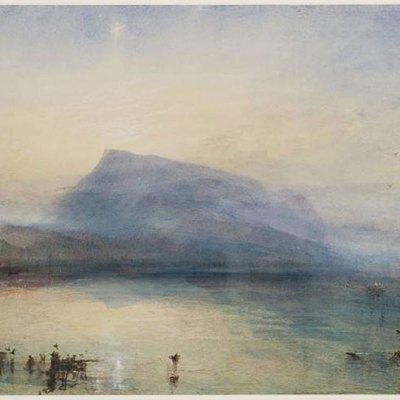A new exhibition at the Metropolitan Museum of Art looks back at the ancient origins of classical art. ‘Assyria to Iberia’ focuses on the art of the Assyrian and Phoenician empires in the 8th and 7th centuries BC. We asked Joan Aruz, the curator in charge of the Department of Near Eastern Art at the Met, to introduce the show.
Click here for a gallery of exhibition highlights
Can you tell us a bit about the exhibition?
The roots of global communication – which has profoundly shaped the modern world – lie deep in our ancient past. ‘Assyria to Iberia at the Dawn of the Classical Age’ takes as its subject the Iron Age, when people – for the first time – formed intensive connections across continents, reaching across the Mediterranean to the Atlantic.
What makes this a distinctive show?
In the 8th to 7th century BC, the Assyrian empire was the largest the world had ever seen, reaching the Mediterranean and even Egypt. Land-bound with no navy, Assyria profited from the vast trading networks of the Phoenicians – master navigators, shipbuilders, and craftsmen. Phoenician luxury goods came to the Assyrian capital as tribute and also found their way into western sanctuaries and elite burials, helping to inspire an Orientalising era in the Mediterranean. The exhibition is unique in its broad perspective on all facets of these complex cultural interactions.
How did you come to curate this exhibition?
This is the third in a series of exhibitions I organised at the Metropolitan. All have explored the cross-cultural interactions through which we can understand the development of the arts of civilisation. The first exhibition focused on the establishment of the first cities in the 4th–3rd millennium BC; the second dealt with the interconnected eastern Mediterranean world of the 2nd millennium BC; and this one is about the interrelations between east and west that were fundamental to the development of civilizations – expressed by the adoption of the alphabet, the mastery of metalworking and ivory carving, and the spread of ideas across three continents.
What is likely to be the highlight of the exhibition?
Many outstanding works of art – Assyrian and Babylonian reliefs, colossal sculpture from Syria, a spectacular cauldron with human-headed bird and griffin heads from Cyprus, as well as exquisite ivories from the Near East and the Mediterranean and spectacular jewelry from Etruria (ancient Tuscany) and Iberia (ancient Spain), some exhibited for the first time – will all certainly be highlights of the show. But the public will also be interested in metalwork, ivory tusks, and other items from the underwater excavations of Phoenician ships wrecked off the southern Spanish coast.
 And what’s been the most exciting personal discovery for you?
And what’s been the most exciting personal discovery for you?
It has been a privilege to visit numerous small museums throughout the Mediterranean in search of works of art that tell the story of the interconnected world of the Iron Age. And it is exciting to finally to see them placed together for the first time in the galleries, where we try to evoke their historical context.
What’s the greatest challenge you’ve faced in preparing this exhibition?
Borrowing works of art that tell the story of the exhibition, particularly in light of recent political events, has been a challenge. We very much appreciate the generous cooperation of our colleagues in many museums worldwide, who have lent some of the great masterpieces in their collections.
How are you using the gallery space? What challenges will the hang/installation pose?
Inventive solutions were necessary for this exhibition. The galleries were designed to evoke two very different environments: land (the Assyrian empire) and sea (the Mediterranean). Displays within the galleries were organised to highlight monumental works as well as very small objects. Finally, special mounting and lighting were required for fragile works of art that are nearly 3,000 years old.
Which other works would you have liked to have included?
The 8th–7th centuries BC – the focal period of the show – is the time that magnificent gold jewellery was deposited in the tombs of the foreign royal women of Assyria. With the current situation in Iraq, however, the loan of such masterpieces was impossible.
‘Assyria to Iberia at the Dawn of the Classical Age’ is at the Metropolitan Museum of Art, New York, from 22 September–4 January 2015.



